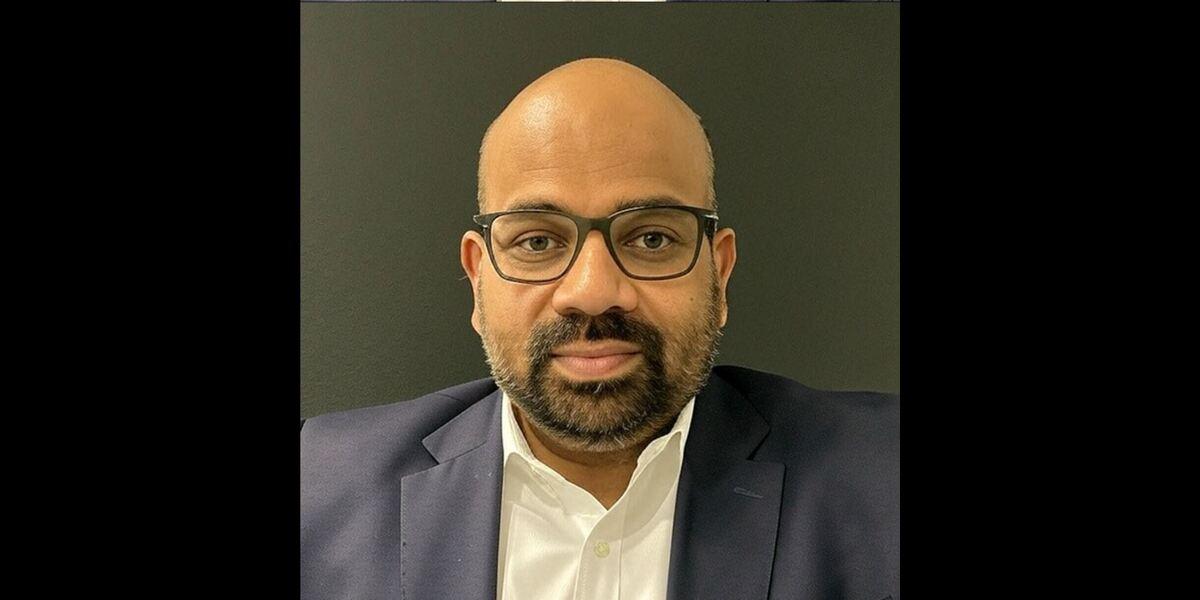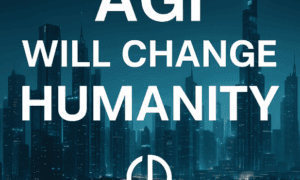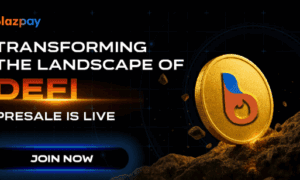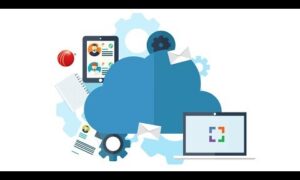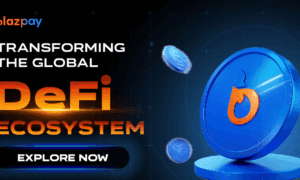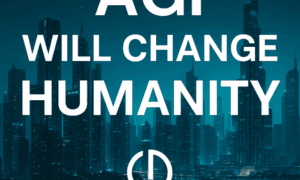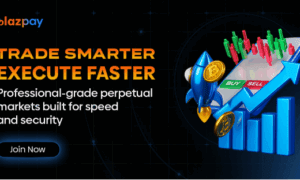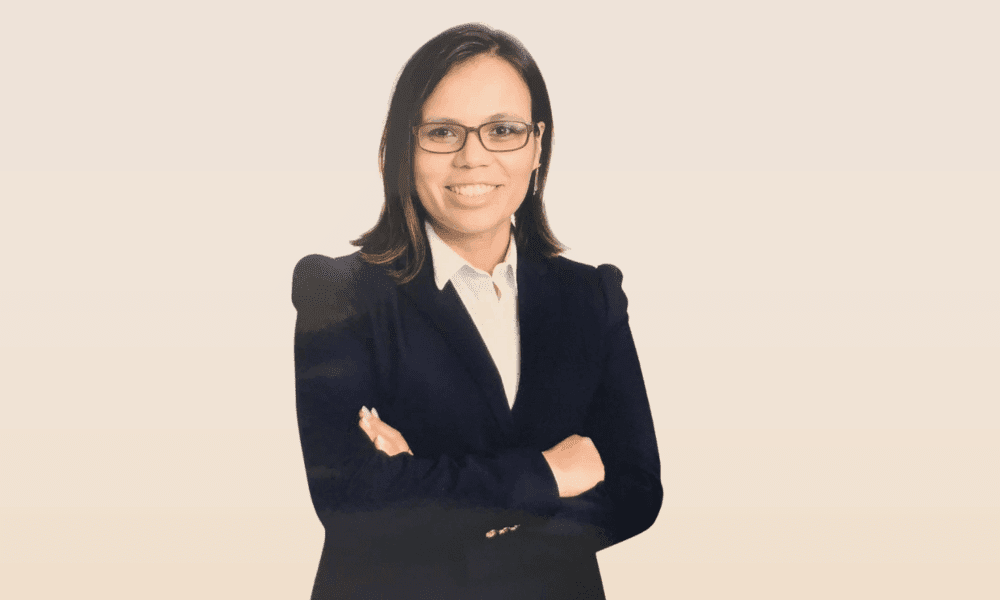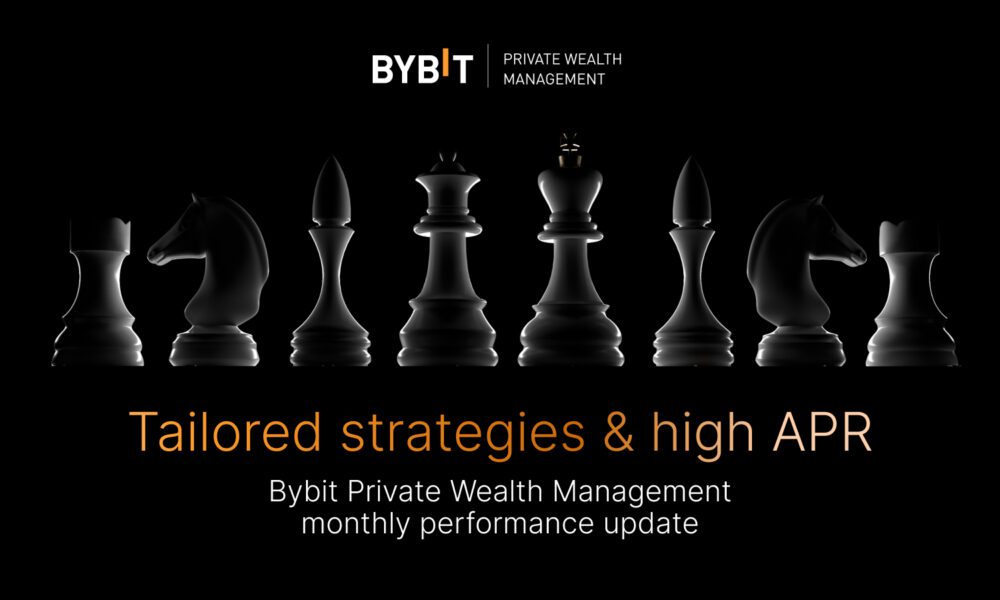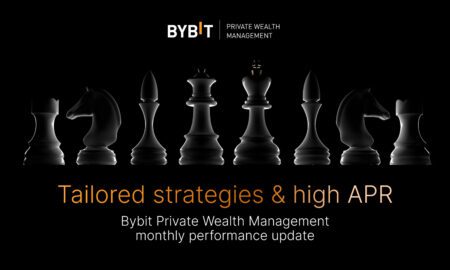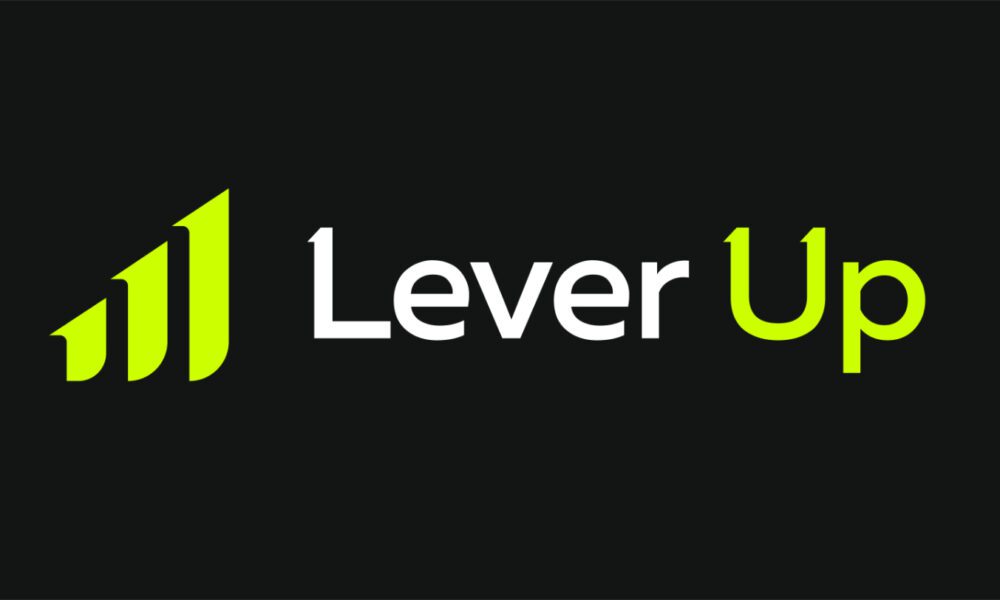Rajalingam Malaiyalan is a veteran Technical Architect and Lead Developer in Chicago, Illinois. With a remarkable 20-year IT career, Rajalingam has become a master of integration technologies, especially SAG Product Suite and Java ecosystems. His technical academic background consists of Master of Computer Applications (MCA) and Bachelor of Commerce from India, laying a strong foundation for his technical career. Rajalingam is the distinguished holder of ‘Web Methods ESB Developer’ certification from Software AG™, which further strengthens his proficiency in enterprise service bus technologies.
Q 1: Why did you choose a career in integration technologies, especially on middleware platforms?
A: My path to integration technologies started with an interest in how various systems talk to one another. I found it interesting that despite differences among applications, they needed to coexist and interact with each other. Middleware platforms such as Software AG’s webMethods attracted me because they are the very foundation of enterprise connectivity. The capacity to handle intricate integration mysteries and construct expandable solutions that fuel business transformation has always challenged me intellectually. I think integration is the nervous system of today’s business functions, and the capacity to design these essential paths has been personally rewarding.
Q 2: You have worked with many industries such as insurance, banking, and pharma. How do integration needs vary across these industries?
A: Every industry has its own integration challenges depending on their regulatory environment, data sensitivity, and business processes. In banking and insurance, security and compliance are of top priority, with strong authentication mechanisms and audit trails being necessary. The financial industry tends to require real-time processing and high availability to process transactions.
Pharmaceutical businesses, however, have sophisticated supply chain needs and must have rigorous data integrity to meet regulatory needs. Manufacturing facilities care more about operational efficiency and integrating shop floor systems with enterprise software. What’s interesting is identifying commonality across these seemingly disparate worlds and applying best practices while meeting industry-specific requirements. This cross-industry experience has added depth to my integration architecture approach.
Q 3: Can you tell us about a difficult project you’ve worked on and how you resolved issues?
A: An especially difficult project was porting legacy applications to a cloud environment for a financial services customer. We had several challenges: aggressive timelines, complicated dependencies on downstream systems, and security worries about sensitive financial information.
To overcome the challenges, I followed a phased approach and started by migrating the most essential services. I developed a solid test framework to confirm that functionality did not break following migration. There were unforeseen data mapping issues encountered during migration, and these needed custom transformations developed through Talend ETL jobs and webMethods services.
Communication was paramount – I had daily stand-ups to deal with problems in real-time and was open with stakeholders regarding progress and risk. The project did succeed because we were flexible, using microservices architecture with Spring Boot to compartmentalize the migration and having a good rollback plan for every stage. It was a systematic approach, and that helped us finish migrating with little impact on business activity.
Q 4: How do you design microservices architecture for large enterprises?
A: When designing microservices architecture for large enterprises, I use a domain-driven design methodology. I begin with learning the business domains and defining bounded contexts aligned with business capabilities. This enables the definition of service boundaries that are meaningful from a business standpoint as opposed to keeping purely technical concerns in mind.
I stress proper API design following REST principles and OpenAPI specifications to provide transparent contracts between services. For data management, I recommend that every service own its data store in order to have loose coupling, and event-driven patterns for cross-service communication with technologies such as Kafka.
Security is integrated into the architecture at a foundational level using OAuth and JWT for authorization and authentication. Observability is vital, so I include centralized logging with solutions such as Kibana and monitoring with applications like AppDynamics.
Perhaps most significantly, I make sure that the architecture is capable of supporting CI/CD pipelines through the use of tools such as Jenkins or Harness to facilitate frequent deployments and automated testing. This helps to deliver the scalability and flexibility that large companies require while still ensuring reliability and security.
Q 5: How do you keep up with fast-changing integration technologies?
A: Maintaining current status in this industry demands concerted effort and constant learning. I have a multi-disciplinary approach to begin with hands-on learning. I learn through doing, and hence, experiment with new technology on personal projects or proof-of-concepts.
I’m an active participant in a number of technical forums and communities focused on integration technologies, where I learn from others and share my own experience. I visit webinars, conferences, and workshops – recently I attended a number of cloud technology conferences to enhance my understanding of AWS and Azure integration patterns.
Reading technical documentation, whitepapers, and blogs from vendors such as Spring, Software AG, and cloud providers educates me on current features and best practices. I also stay certified, having done webMethods ESB Developer certification, and am looking into cloud certification tracks.
Mentoring junior developers has proved to be surprisingly useful in keeping my skills up to date, as describing ideas forces me to check my own knowledge for weaknesses. Lastly, I’ve developed a pool of other integration experts with whom I continually discuss ideas and experiences. This integrated strategy maintains my position as one of the latest innovations in integration technology.
Q 6: What tools and methodologies do you use for handling sophisticated integration projects?
A: For more advanced integration initiatives, I utilize a mix of tools and approaches customized to the unique requirements of each endeavor. From a technical perspective, I have heavily leveraged components from SAG webMethods suite such as Integration Server, Designer, and Trading Networks for B2B integration. For data loading and transformation, Talend Data Management has been very helpful.
I am a big supporter of the Agile approach, especially for integration projects where requirements tend to change. I employ JIRA for managing user stories and Sprint planning, which gives visibility to project progress and maintains expectation management.
For CI/CD pipelines, I have put Jenkins in place and more recently Harness for automating builds, tests, and deployments between environments. Version control with Git and Bitbucket maintains code integrity and collaboration.
Monitoring and troubleshooting are essential parts of integration management, so I utilize tools such as AppDynamics and Kibana for real-time information. For architecture documentation, I employ tools such as Visio to develop clean diagrams that convey integration flows to technical and business stakeholders.
Risk management is also critical, so I keep risk registers and mitigation plans throughout the project life cycle. This complete set of tools, along with frequent stakeholder communication and retrospectives, has repeatedly provided successful results for intricate integration projects.
Q 7: How do you handle security in integration projects, particularly when handling sensitive information?
A: Integration project security demands a defense-in-depth strategy, particularly when dealing with sensitive information. I begin with an in-depth security review to determine potential vulnerabilities and compliance needs unique to the data being processed.
For authentication and authorization, I use industry standards such as OAuth 2.0 and JWT tokens, and have recently used CyberArk and Vault for secure credential storage. This allows service-to-service communication to occur securely without revealing sensitive credentials.
Data protection is enforced on several levels – at-rest encryption through database encryption capabilities, encryption in transit through the use of TLS/SSL protocols, and occasionally field-level encryption for exceptionally sensitive data. When dealing with healthcare or financial data, I enforce compliance with standards such as PCI-DSS or HIPAA.
I’m especially mindful of logging procedures, making sure sensitive information is either masked or not logged while still being sufficient for troubleshooting. In file transfers, I use secure protocols and solutions such as SAG’s Managed File Transfer (MFT) to maintain data integrity and confidentiality.
Regular security testing, such as static analysis, dynamic testing, and regular penetration testing, assists in detecting vulnerabilities prior to their exploitation. Moreover, I collaborate with the enterprise security teams to ensure integration solutions conform to organizational security policies and receive adequate security reviews prior to deployment.
Q 8: What advice would you give to someone aspiring to specialize in integration technologies?
A: For those who dream of specializing in integration technology, I’d start by learning a solid base in general programming principles, especially Java for the enterprise segment, since many integration platforms are based on Java. The knowledge of API design patterns, messaging, and data transformation is essential irrespective of the tools you’re going to work with.
Don’t necessarily aim to learn one integration platform – rather, learn the patterns behind the architectures such as event-driven architecture, service mesh, and API gateway patterns. These are concepts beyond particular products and will benefit you for the duration of your career.
Get hands-on experience with at least one big integration platform – either it is Software AG webMethods, MuleSoft, Apache Camel, or cloud-native integration services. Open-source solutions can be a good place to start hands-on learning.
Database knowledge is oft-overlooked but crucial – you’ll regularly work with multiple data sources, so knowing relational and NoSQL databases will be worth your while. Likewise, cloud computing is more and more applicable, so learn about how integration patterns work in cloud environments.
Lastly, recall that integration is all about resolving business issues. The best-integrated experts are those who know how to balance technical solutions with business requirements. Practice your people skills and understand how to represent business needs with technical solutions. This integrated mentality will make you stand out as an integration technology expert.
Q 9: How do you see AI and machine learning impacting the future of integration technologies?
A: Artificial intelligence and machine learning are set to transform integration technologies in a variety of ways. I envision this change occurring on a variety of dimensions of the integration market.
First, smart mapping and transformation will be increasingly automated. Machine learning algorithms are able to analyze patterns in data and propose the best mappings between various systems, cutting down drastically on the effort that goes into manual complex data transformations. This is especially useful in situations involving hundreds or thousands of fields that have to be mapped.
Predictive error handling is another promising area – AI can identify patterns in integration failures and either prevent them before they occur or suggest remediation steps. I’ve already seen early implementations that can predict when an integration point might fail based on system load patterns or data anomalies.
Self-healing integrations are increasingly viable, whereby the system adjusts to changing conditions or recovers from failure without operator intervention. This will dramatically enhance reliability with decreased operational overhead.
Natural language processing will make integration more accessible to business users by way of conversational interfaces. Instead of technical specifications, business stakeholders might eventually be able to define integration needs conversationally and have AI help generate the necessary technical implementation.
The monitoring and observability environment will also change, with AI-driven analytics delivering greater insight into integration performance and spotting optimization opportunities that human eyes may overlook.
I am enthusiastic about these prospects, yet I also understand the necessity for human intervention in high-stakes integrations. The best method will be augmented integration, with AI performing repetitive tasks and pattern detection and human experts concentrating on governance, security, and business alignment.
Q 10: What are your long-term professional goals, and how do you intend to achieve them?
A: In the future, my long-term professional aspiration is to be a Chief Integration Officer or an equivalent executive position with responsibility for enterprise connectivity strategy. I want to enable organizations to realize integration as a strategic asset rather than a technical requirement, especially as companies forge ahead with their digital transformation paths.
To do this, I’m broadening my experience beyond strict technical knowledge into digital transformation strategy and enterprise architecture. I’m already enhancing my cloud-native integration knowledge, especially on AWS and Azure, as I think hybrid integration patterns will rule in the future.
I intend to give back more to the integration community by participating in speaking opportunities and writing articles on integration best practices and trends. Knowledge sharing serves to reinforce my personal knowledge base and create my professional network.
I also understand that executive positions demand strong leadership skills, so I’m actively pursuing opportunities to lead bigger teams and more sophisticated transformation projects. Having an understanding of the business implications of technical decisions is important, so I’m striving to enhance my business acumen through ongoing education in business strategy.
Finally, it is my ambition to bridge the gap between technology implementation and business strategy so that integration technologies act as enablers for innovation and not bottlenecks. The integration scene is changing rapidly with API-first strategies and event-driven architecture, and I feel privileged to be at the epicenter of the change.
About Rajalingam Malaiyalan
Rajalingam Malaiyalan is a Lead Developer and Technical Architect of 20 years’ experience in IT, focusing on enterprise integration technologies. Hailing from Chicago, Illinois, he has expertise in SAG Product Suite, Java, Spring Boot, and microservices architecture. Rajalingam is a certified “Web Methods ESB Developer” by Software AG™. He has experience working in various industries such as insurance, banking, pharmaceutical, manufacturing, and financial services. With a solid educational foundation and ongoing professional growth, Rajalingam is committed to creating and executing scalable integration solutions that propel digital transformation and business innovation.

